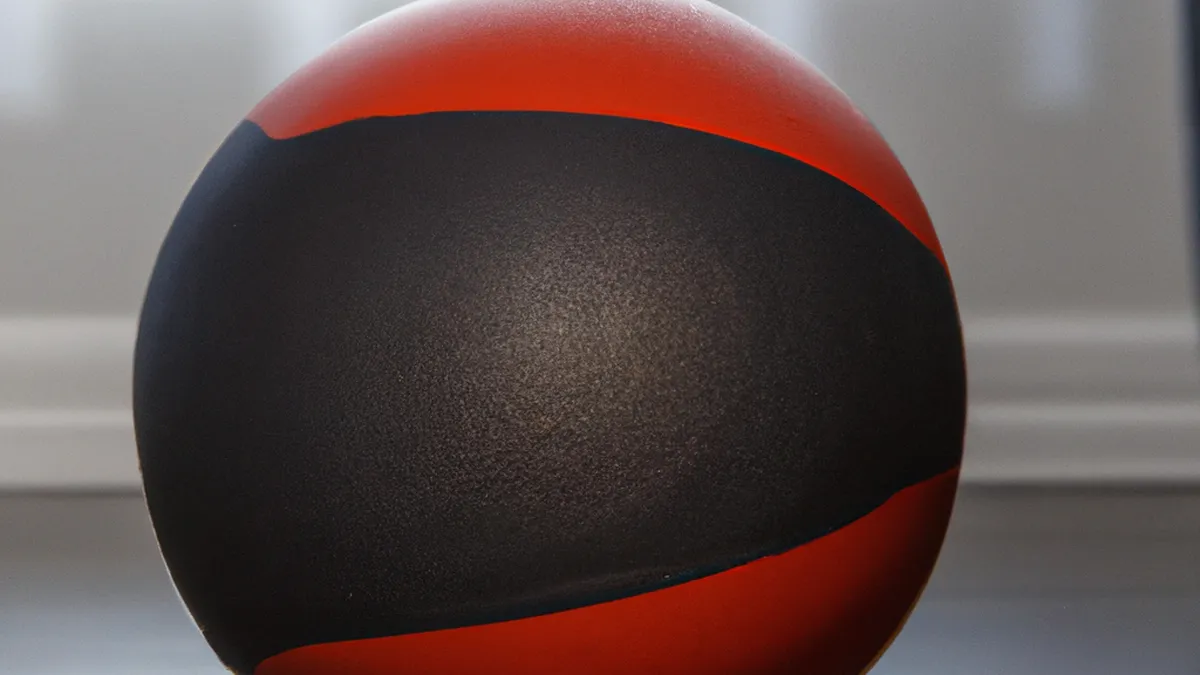Medicine Ball Throws for Enhanced Athletic Flexibility
The Role of Medicine Ball Throws in Enhancing Athletic Flexibility
Athletic flexibility significantly impacts performance in various sports. It helps athletes maintain balance, execute movements, and prevent injuries. One overlooked tool for improving flexibility is the medicine ball. This versatile equipment enhances strength, coordination, and flexibility simultaneously. This post explores how medicine ball throws elevate athletic flexibility.
Understanding Athletic Flexibility
Athletic flexibility defines the range of motion in joints and muscles. It enables athletes to perform movements efficiently, such as sprinting and jumping. Flexibility plays a vital role in athletic performance. Improved flexibility leads to better agility, speed, and power, which are critical for success. Integrating flexibility training into your routine optimizes your athletic capabilities.
Flexibility falls into several categories:
1. **Static Flexibility:** This involves holding a stretch in a challenging position. It maintains a full range of motion during activities.
2. **Dynamic Flexibility:** This ability involves moving through a range of motion with control. Dynamic flexibility mimics competition movements.
3. **Functional Flexibility:** This combines strength and flexibility for effective movement in specific sports.
The Mechanics of Medicine Ball Throws
Medicine ball throws engage multiple muscle groups simultaneously. They require coordination, strength, and flexibility, making them comprehensive exercises. When performing these throws, you activate your core, shoulders, and legs. This activation improves your overall range of motion and promotes functional flexibility. The dynamic nature of the throws enhances muscle elasticity, crucial for athletic performance.
Types of Medicine Ball Throws
Incorporate various medicine ball throws into your routine. Here are a few effective ones:
1. **Chest Pass:** Stand with feet shoulder-width apart. Hold the medicine ball at chest level and push it forward with your arms. This movement enhances upper body flexibility and engages your core.
2. **Overhead Throw:** Raise the medicine ball above your head. Rotate your torso as you throw the ball backward. This exercise effectively stretches your back and shoulders while engaging your core and legs for stability.
3. **Rotational Throw:** Stand with feet hip-width apart. Twist your torso and throw the ball to your side, engaging your core muscles. This action improves rotational flexibility, crucial for sports involving lateral movements like basketball or soccer.
4. **Slams:** Stand with feet shoulder-width apart. Raise the medicine ball overhead and slam it down forcefully. This explosive movement improves flexibility, power, and coordination.
5. **Lateral Throws:** Stand side-on to a wall. Hold the medicine ball at hip level and throw it against the wall.
Conclusion
Medicine ball throws enhance athletic flexibility, strength, and coordination. Incorporate these exercises for improved performance and injury prevention.
Below are related products based on this post:
FAQ
What is athletic flexibility and why is it important for athletes?
Athletic flexibility refers to the range of motion in joints and muscles, allowing athletes to perform movements efficiently, such as sprinting and jumping. It is crucial for athletic performance as improved flexibility leads to better agility, speed, and power, which are essential for success in various sports.
How do medicine ball throws improve flexibility?
Medicine ball throws engage multiple muscle groups simultaneously, requiring coordination, strength, and flexibility. The dynamic nature of these throws activates the core, shoulders, and legs, improving overall range of motion and promoting functional flexibility. This enhanced muscle elasticity is vital for athletic performance.
What are some effective types of medicine ball throws to incorporate into a training routine?
Some effective types of medicine ball throws include the Chest Pass, Overhead Throw, Rotational Throw, Slams, and Lateral Throws. Each of these exercises targets different muscle groups and enhances flexibility, strength, and coordination, making them beneficial for athletic training.















Post Comment